Welcome to your guide on getting around Morocco! Traveling through this beautiful country is an adventure. It’s important to know your transportation options. Whether you’re exploring busy cities or quiet villages, knowing how to get around is key.
Morocco offers many ways to travel. You can ride on buses, take a train, fly between cities, rent a car, or use taxis. Each option has its benefits. Choosing the right one depends on your needs and plans.
Public transportation is budget-friendly and convenient. Trains are fast and comfortable for long distances. Domestic flights save time when traveling far. Renting a car gives you the freedom to explore at your own pace. Taxis are great for short trips around the city.
Buses
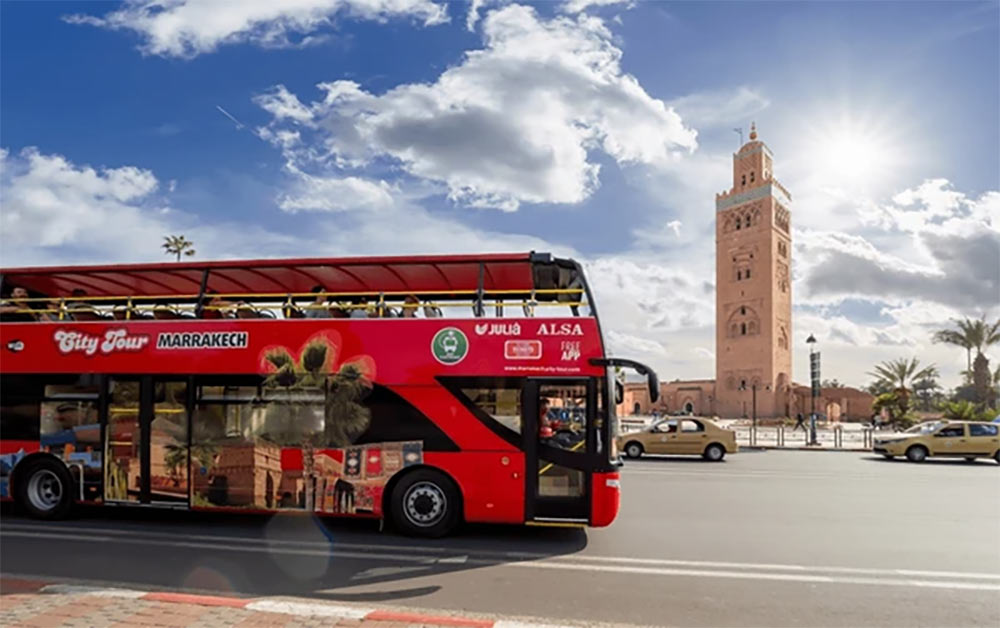
In Morocco, buses are a popular mode of travel due to their affordability and extensive network. The two leading bus companies are CTM and Supratours. CTM, or Compagnie de Transports au Maroc, is well-known for its punctuality and comfort. It operates modern, air-conditioned buses that connect major cities and towns. Supratours, a subsidiary of the Moroccan National Railway (ONCF), offers a similar level of service, making it a reliable choice for travelers.
Bus routes in Morocco are comprehensive, covering both urban and rural areas. Popular routes include Casablanca to Marrakech, Tangier to Chefchaouen, and Fes to Merzouga. Buses run on fixed schedules, with frequent departures from major hubs. It’s advisable to check the schedule online or at the bus station ahead of time. Tickets can be booked online via the companies’ websites or purchased at bus stations. During peak seasons and holidays, booking in advance is recommended to secure a seat.
When using buses in Morocco, it’s wise to arrive at the station early to ensure you find your platform and board on time. Keep your ticket handy as it will be checked multiple times. Long-distance buses often have luggage storage beneath the bus, so make sure your bags are tagged correctly. Bringing snacks and water is advisable, especially for longer journeys, as stops may be infrequent.
Trains
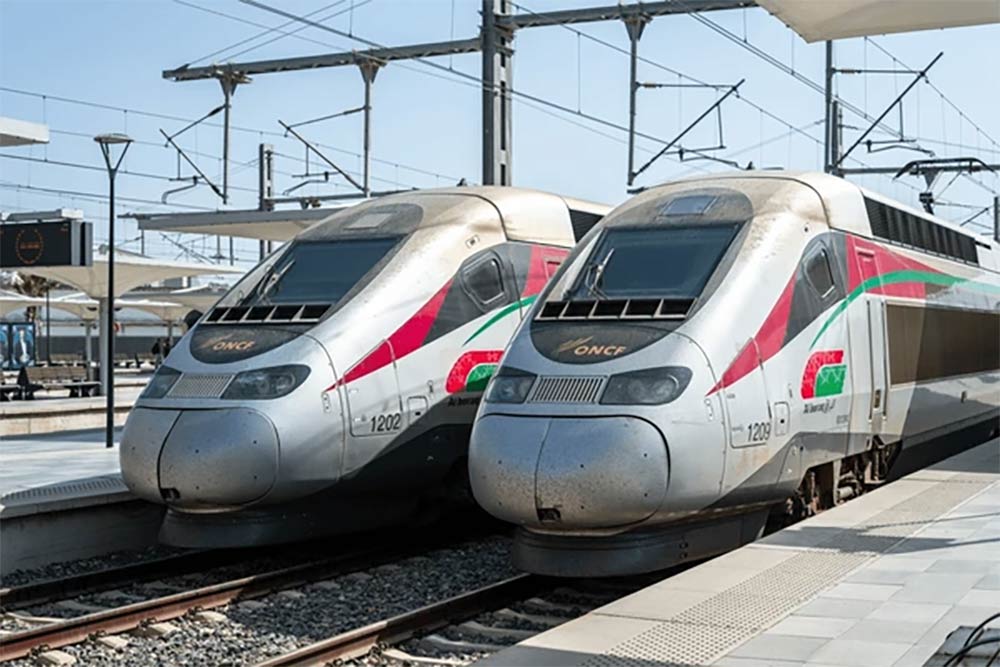
The Moroccan National Railway (ONCF) operates the country’s train services. ONCF trains are known for their speed, comfort, and efficiency, making them an excellent choice for traveling between major cities. The trains are modern and equipped with air conditioning, comfortable seating, and restrooms.
Morocco’s train network connects key cities, facilitating easy travel across the country. Notable routes include:
- Casablanca to Marrakech: A popular route for tourists, taking about 3 hours.
- Tangier to Fes: Known for its scenic views, this journey takes approximately 4 hours.
- Rabat to Casablanca: A quick 1-hour trip, ideal for business travelers. The high-speed train, Al Boraq, runs between Tangier and Casablanca, reducing travel time to just over 2 hours.
Always check the train schedule in advance and arrive at the station early. Purchase tickets ahead of time, especially for popular routes, to secure the best seats and prices. Moroccan trains offer first and second-class tickets; first-class tickets provide more space and comfort. Keep your belongings secure and enjoy the scenic views of the Moroccan landscape.
Domestic Flights
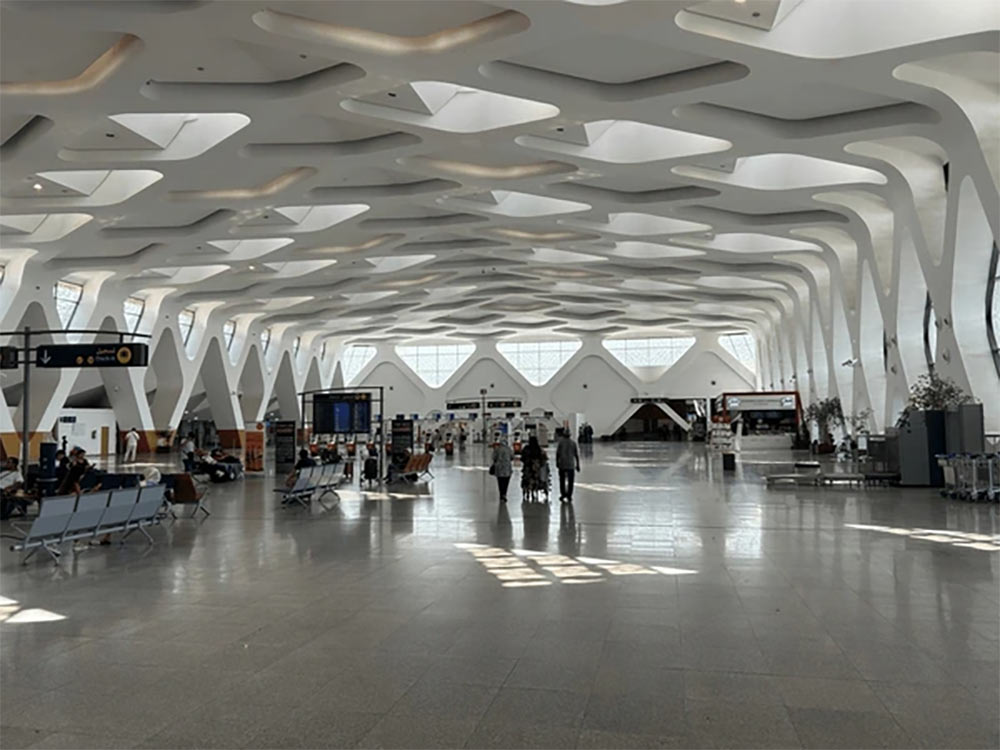
Domestic flights in Morocco are operated by major airlines such as Royal Air Maroc and Air Arabia. Royal Air Maroc, the national carrier, offers extensive coverage across the country. Air Arabia, a low-cost carrier, provides budget-friendly options with reliable service.
Domestic flights connect Morocco’s major cities, making travel quick and convenient. Key routes include:
- Casablanca to Marrakech: A short flight of about 45 minutes.
- Casablanca to Agadir: Takes roughly 1 hour and 15 minutes.
- Marrakech to Fes: Approximately 1 hour, ideal for exploring different regions.
Book your flights in advance to get the best deals. Prices vary depending on the season, demand, and how early you book. Look for promotions and discounts on the airlines’ websites. Online booking is straightforward and often cheaper than booking through travel agents.
Flying is the fastest way to travel long distances in Morocco. It saves time and allows you to visit multiple destinations efficiently. Airports are generally well-connected to city centers by taxis and shuttle services, making it easy to continue your journey upon arrival.
Renting a Car
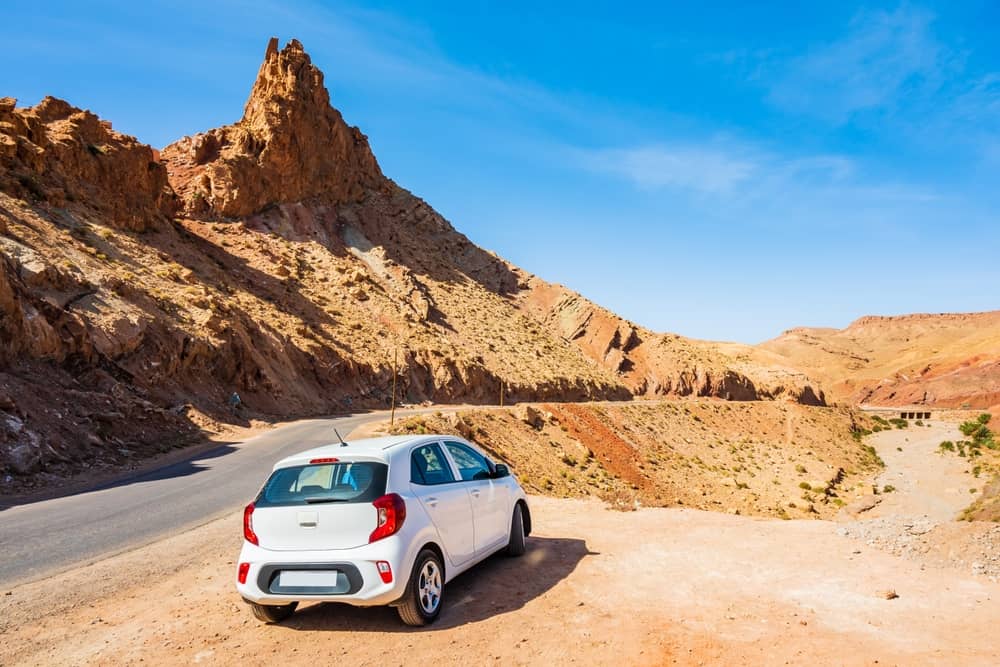
Renting a car in Morocco offers flexibility and freedom to explore at your own pace. Major international rental companies like Avis, Hertz, and Europcar have offices in cities and airports. Local agencies also provide competitive rates and a range of vehicles.
To rent a car, you need a valid driver’s license and a credit card. The minimum age for renting is usually 21, but some companies may require drivers to be 25 or older. It’s best to book your car online before arriving in Morocco to compare prices and secure the vehicle you need. When picking up the car, inspect it for any existing damage and ensure it has a full tank of gas.
Rental costs vary depending on the type of car, rental duration, and insurance options. Basic insurance is often included, but consider purchasing additional coverage for peace of mind. This might include collision damage waiver (CDW) and theft protection. Always read the terms and conditions carefully to understand what is covered.
Driving in Morocco can be an adventure. In cities, traffic can be hectic, so stay alert and patient. Highways and major roads are generally in good condition, but rural roads can be narrow and poorly maintained. Always obey traffic laws, wear seatbelts, and avoid driving at night in unfamiliar areas. A GPS or map app is very helpful for navigation.
With a rental car, you can explore Morocco’s diverse landscapes. Drive through the stunning Atlas Mountains, visit the blue city of Chefchaouen, or take a coastal drive along the Atlantic Ocean. Renting a car allows you to reach hidden gems and enjoy Morocco’s natural beauty at your own pace.
Taxis
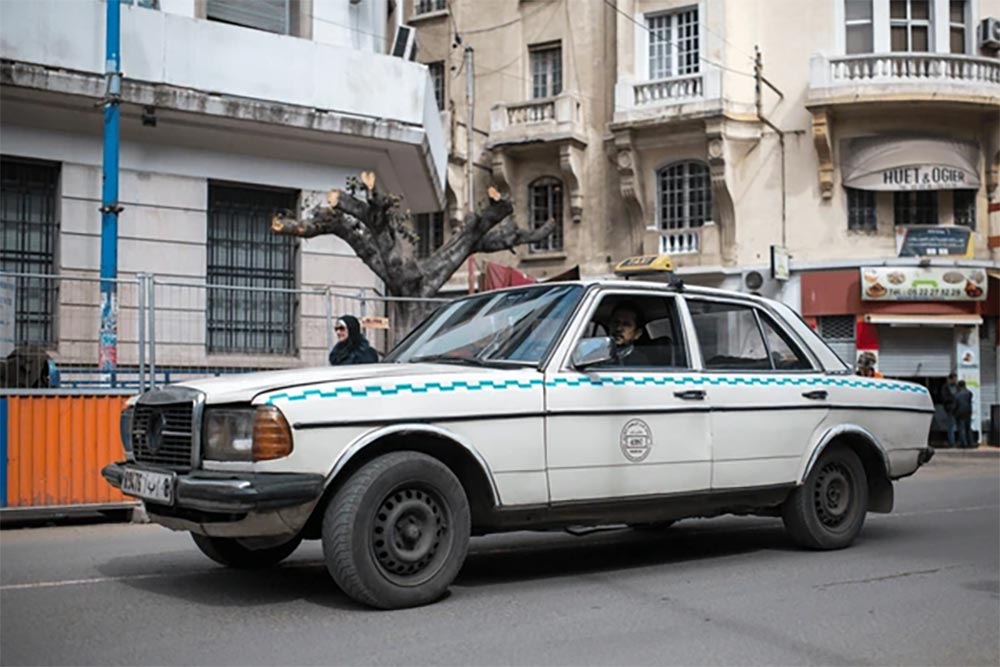
Taxis are a common and convenient way to get around in Moroccan cities. There are two main types: Petit Taxis and Grand Taxis. Petit Taxis are small, usually carrying up to three passengers, and operate within city limits. Grand Taxis are larger, often old Mercedes cars, and travel between cities or to rural areas.
Hailing a taxi in Morocco is easy. In cities, you can flag down a Petit Taxi on the street or find them at designated taxi stands. For Grand Taxis, head to a central point like a bus station or a main square where they congregate. In some cities, you can also use ride-hailing apps like Uber or Careem.
For Petit Taxis, ensure the meter is running. If the driver refuses to use it, agree on a fare before starting the journey. For Grand Taxis, always negotiate the fare beforehand, as they don’t use meters. Knowing the approximate cost of your journey helps in bargaining a fair price.
Choose taxis that look well-maintained. Sit in the back seat for safety and keep your belongings close. If traveling at night, use official taxis from taxi stands rather than hailing one off the street. Trust your instincts; if a situation feels unsafe, it’s best to leave and find another taxi.
Conclusion
Traveling in Morocco is an exciting and varied experience. From budget-friendly buses and fast trains to convenient flights and flexible car rentals, there are many ways to explore this vibrant country. Taxis offer a quick and easy option for short trips around the city. By understanding your options, you can choose the best mode of transport for your needs. Now, let’s delve deeper into public transportation and discover why buses are a favorite choice for many travelers.
